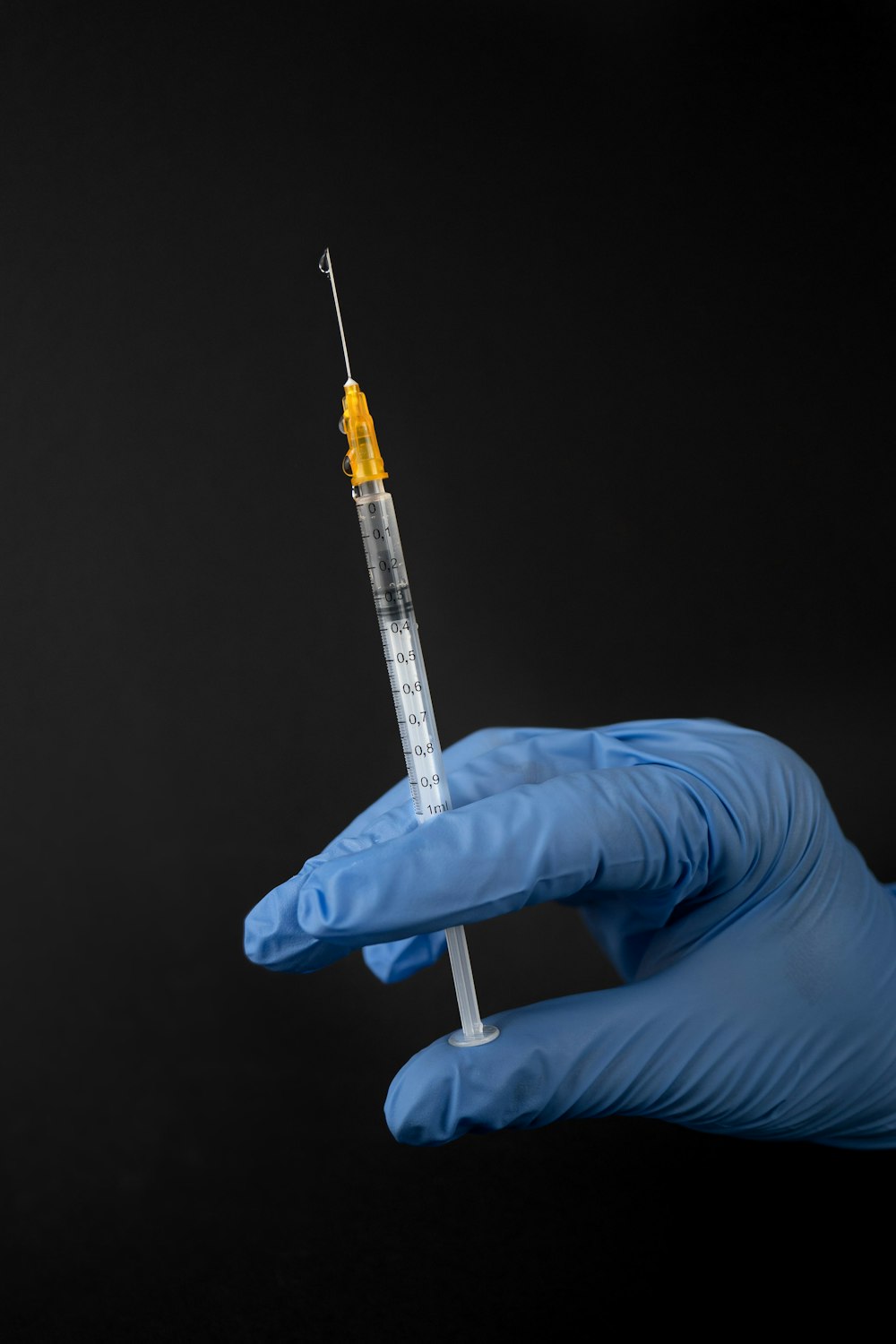

To understand how vaccines work effectively, it is essential to know when and what dose they are given. Unfortunately, it cannot be easy to keep track of vaccines, especially in developing countries. Here, researchers from the Massachusetts Institute of Technology have produced an exciting technology that will enable the tracking of vaccines. Thanks to a specially designed microneedle tape; By giving both the vaccine and the quantum dots under the skin. The patient’s vaccination records are of great importance for public health in terms of health. In addition, since many doses are given at specific intervals, their follow–up is essential for the vaccine to be effective. The technique developed by the Massachusetts Institute of Technology focuses on developing countries.
Children need to be vaccinated regularly for their healthy development. However, sometimes there are problems with vaccination records. For example, sometimes parents forget which vaccines their children have or which vaccine is due. Trying to find a solution to this problem, a group of researchers developed a method that allows vaccination records to be recorded on the skin with dyes invisible to the naked eye.
The new vaccination method uses microneedles to inject the vaccine into the body, which is much less painful than regular needles. Moreover, thanks to the hands placed on a band–aid–like device, trained health personnel are not required to vaccinate.
While developing the new method, the researchers’ most challenging issue was finding safe and long–lasting paint. In the beginning, various ready–made dyes known to be not harmful to human health were tried. However, it has been seen that none of them can withstand the sunlight for a long time. Thereupon, researchers turned to quantum dots. These tiny semiconductor crystals, whose dimensions are at the nanometer scale, are also used to mark cells in scientific research and are known not to be harmful to human health.
The information recorded on the skin with quantum dots cannot be seen with the naked eye. But when illuminated with infrared light, the quantum dots begin to glow. Thus, vaccination records become visible.
It Can Remain Under The Skin For Up To 5 Years
The key to the new vaccine technique is based on dye–containing quantum dots. These semiconductor crystals reflect the light of specific wavelengths. The idea in the operation of the system is that while the vaccine is given to the body, the quantum dot dye will remain stable under the skin for up to 5 years. Stains can be identified with different patterns to be specific to vaccines. When the doctor wants to look at the patient’s vaccination record, he will read the paper by seeing the normally invisible fluorescent dye, thanks to an apparatus attached to the smartphone. Quantum dots are copper–based and designed to emit near-infrared light. To keep these points on the body for a long time, they were encased in microparticles 20 microns wide.

“In areas where paper vaccination cards are often lost or unavailable and electronic databases are unheard of, this technology allows rapid and anonymous identification of patient vaccination history,” said researcher Kevin McHugh.
Accompanying the vaccine, this invisible paint consists of tiny quantum dots that glow under infrared light and are delivered to the skin using dissolvable microspheres.
This low–risk tracking system that researchers have developed to embed a vaccine record directly into a patient’s skin rather than documenting it electronically or on paper seems to facilitate the process of keeping accurate vaccine records considerably.




